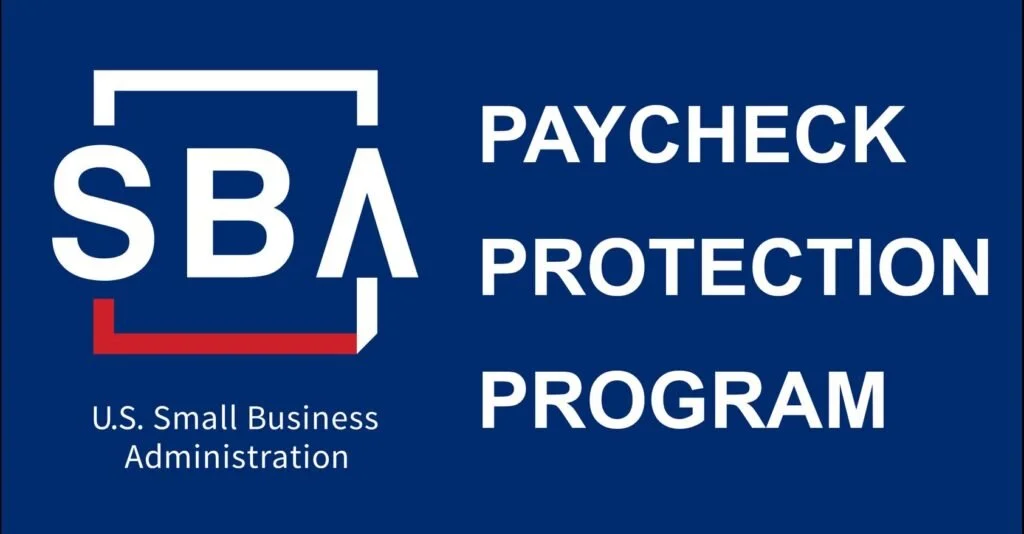Job costing - Are You Really Making Money On The Project
Are you having a hard time trying to figure out the profitability for your products, projects, or maybe even territories? If you are struggling to figure out the most efficient way to analyze your profitability by projects, products or locations, this is the right article for you. I’ll walk you step-by-step through an accounting process called “job costing,” which allows you to discover exactly how profitable different areas of your business are.
What is job costing?
Job costing is accounting which tracks the costs and revenues by "job" and enables standardized reporting of profitability by job. A “job” can be defined as any of the following things:
· a specific project done for one customer
· a single unit of product manufactured
· a batch of units of the same type that are produced together
In your accounting system, you will want to tag every revenue and expense that relates to the job to generate a job costing report, and therefore understand the profitability by each job.
Who needs it?
Most architecture firms, real estate broker firms, general contractors, retail stores that own multiple products, or companies that operate in different physical locations use job costing reports to identify company profitability between different “jobs.” From there, they identify what works and what doesn’t work, and come up with an implementation plan to improve profitability for the company.
Any company that is growing and evolving needs job costing to improve profitability.
How do you do it?
Job costing only gives you a precise report if you’re precise with your inputs. In QuickBooks Online, you first want to turn on the Class and Location tracking. This will allow you to specifically allocate a Class to each line of a transaction, and/or a Location to an entire transaction, or you can use a combination of both.
Once the functions are turned on, you want to tag your expenses and revenue with the job. Here is the breakdown of what goes into Job Costing under expenses:
1. Labor
Start by working out how much it costs per day (or hour) to have your direct employees on the job.
2. Material
The material cost includes direct materials such as different computer components and indirect materials such as oil for the manufacturing machine. You might also charge a margin on these materials to cover things like delivery and wastage.
3. Overheads
You’ll need to charge an overhead to account for depreciation of equipment and for other business expenses like office rental and administration. These costs don’t directly relate to the job so this step is rendered as an allocation of cost.
Every month, you will need to tag all the revenue and expenses by each “job,” the Class function in QBO. By tagging a Class to each line of the transactions this business would be able to generate reports to show Profit & Loss by Location and/or Profit & Loss by Class. This provides great insight into the profitability of a project, product or territory!
Job costing is extremely useful for finding the product, project or territory that makes higher profit margins. It provides insights to your business growth and can help you avoid investing in the wrong area of your business.






